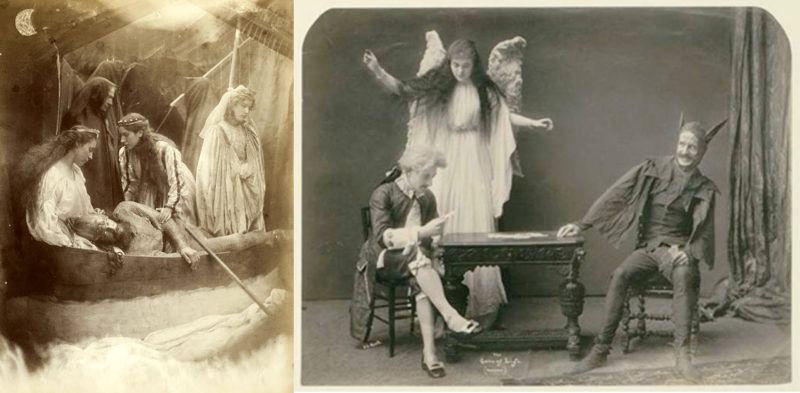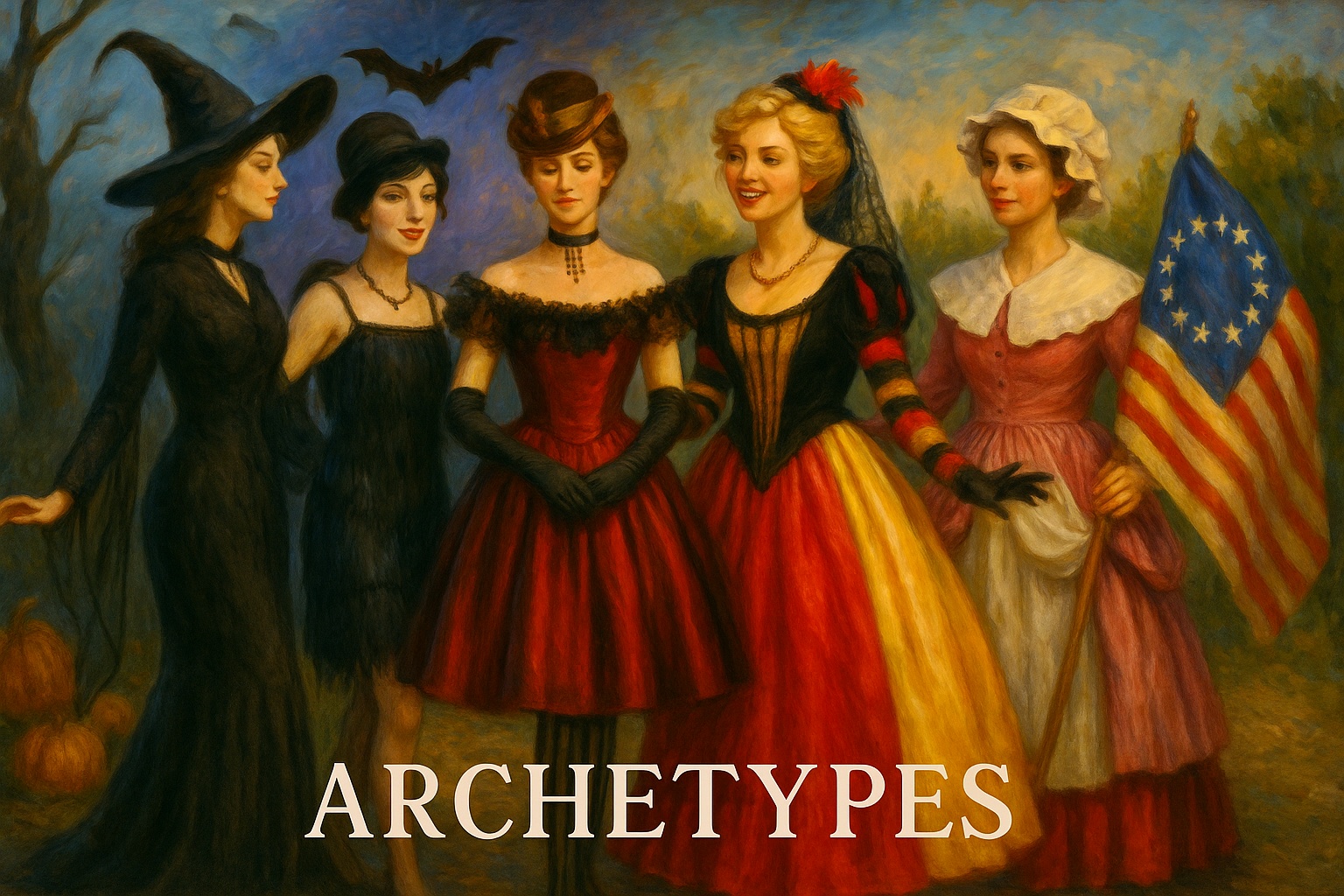We have almost unlimited choices when it comes to entertainment today. When we think about what life was like 150 years ago and the entertainment choices of the Victorians, the list is a lot shorter. There was no television. Cinema was in very early development and a commercial entity. There was no radio. There was music, theater, sports, reading, games, and needlework (for women). One of the lesser known forms of entertainment was the practice of dressing up in costumes and posing for one another in what was known as a vignette or tableau vivant (living picture).
Its origin can perhaps be traced back to the short dramatic scenes that would punctuate a religious service. To this day, many churches create their own vignettes through the telling of the Nativity at Christmas. By the 1800s, the vignette was used to bring art to places as far flung as Western frontier towns.
Sometimes presented in a private home’s parlor and other times on a theater stage, vignettes could tell a story without the needs of a full theatrical production. This made the vignette a perfect way to recreate works of art on stage. Models in costume would pose in a scene from a painting, sketch, or etching. By the mid-19th century, the Realism movement was railing against the heavy stylization of Romanticism and brought more natural depictions to the vignette.
The vignette gave way to the magic lantern or stereopticon show. The magic lantern or stereopticon as it was known in the United States, combined projected images, live narration, and live music. It was the precursor to moving pictures, aka the movies.
Another possible outgrowth of the vignette is the comic strip. Just as a vignette tells a story through pictures and narrative or captions, the vignette, or tableaux vivant was often used for the same purpose.














Leave A Comment